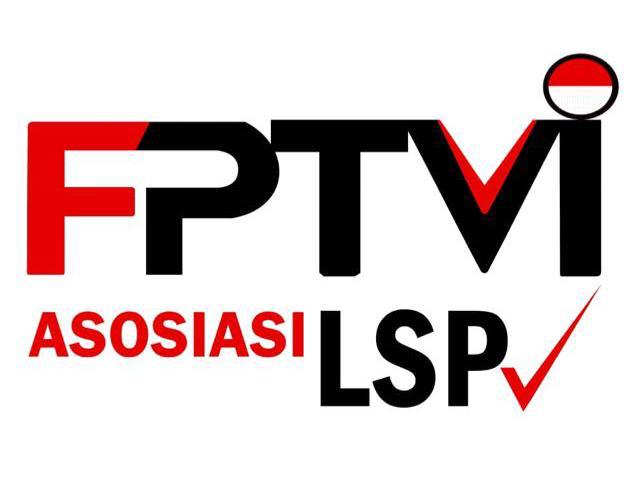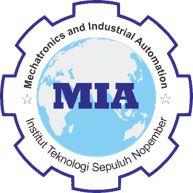Online Submissions
Already have a Username/Password for IPTEK The Journal of Engineering?
Go to Login
Need a Username/Password?
Go to Registration
Registration and login are required to submit items online and to check the status of current submissions.
Submission Preparation Checklist
As part of the submission process, authors are required to check off their submission's compliance with all of the following items, and submissions may be returned to authors that do not adhere to these guidelines.
- The submission has not been previously published, nor is it before another journal for consideration (or an explanation has been provided in Comments to the Editor).
- The submission file is in OpenOffice, Microsoft Word, RTF, or WordPerfect document file format.
- Where available, URLs for the references have been provided.
- The text is single-spaced; uses a 12-point font; employs italics, rather than underlining (except with URL addresses); and all illustrations, figures, and tables are placed within the text at the appropriate points, rather than at the end.
- The text adheres to the stylistic and bibliographic requirements outlined in the Author Guidelines, which is found in About the Journal.
Copyright Notice
IPTEK THE JOURNAL OF ENGINEERING COPYRIGHT AND CONSENT FORM
To ensure uniformity of treatment among all contributors, other forms may not be substituted for this form, nor may any wording of the form be changed. This form is intended for original material submitted to IPTEK The Journal of Engineering and must accompany any such material in order to be published by IPTEK The Journal of Engineering. Please read the form carefully and keep a copy for your files.
TITLE OF PAPER/ARTICLE/REPORT, INCLUDING ALL CONTENT IN ANY FORM, FORMAT, OR MEDIA:
COMPLETE LIST OF AUTHORS:
COPYRIGHT TRANSFER
1. The undersigned hereby assigns to IPTEK The Journal of Engineering all rights under copyright that may exist in and to: (a) the above Work, including any revised or expanded derivative works submitted to IPTEK The Journal of Engineering by the undersigned based on the Work; and (b) any associated written or multimedia components or other enhancements accompanying the Work.
CONSENT AND RELEASE
2. Hereby grants IPTEK The Journal of Engineeringe the unlimited, worldwide, irrevocable permission to use, distribute, publish, license, exhibit, record, digitize, broadcast, reproduce and archive, in any format or medium.
3. In connection with the permission granted in Section 2, the undersigned hereby grants IPTEK The Journal of Engineering the unlimited, worldwide, irrevocable right to use his/her name, picture, likeness, voice and biographical information as part of the advertisement, distribution and sale of products incorporating the Work or Presentation, and releases IPTEK The Journal of Engineering from any claim based on right of privacy or publicity.
4. The undersigned hereby warrants that the Work (collectively, the “Materials”) are original and that he/she is the author of the Materials. To the extent the Materials incorporate text passages, figures, data or other material from the works of others, the undersigned has obtained any necessary permissions. Where necessary, the undersigned has obtained all third party permissions and consents to grant the license above and has provided copies of such permissions and consents to IPTEK The Journal of Engineering.
5. The paper/article/report have not been published in other journals.
GENERAL TERMS
•The undersigned represents that he/she has the power and authority to make and execute this assignment.
•In the event the above work is not accepted and published by the IPTEK The Journal of Engineering or is withdrawn by the author(s) before acceptance by IPTEK The Journal of Engineering, the foregoing copyright transfer shall become null and void and all materials embodying the Work submitted to the IPTEK The Journal of Engineering will be destroyed.
•For jointly authored Works, all joint authors should sign, or one of the authors should sign as authorized agent for the others.
|
(1)_______________________________________________ _____________________________
Author/Authorized Agent for Joint Authors Date
IPTEK THE JOURNAL OF ENGINEERING COPYRIGHT FORM (continued)
RETAINED RIGHTS/TERMS AND CONDITIONS
General
1. Authors/employers retain all proprietary rights in any process, procedure, or article of manufacture described in the Work.
2. Authors/employers may reproduce or authorize others to reproduce the work, material extracted verbatim from the work, or derivative works for the author’s personal use or for company use, provided that the source and the IPTEK The Journal of Engineering copyright notice are indicated.
3. Although authors are permitted to re-use all or portions of the work in other works.
INFORMATION FOR AUTHORS
Author Responsibilities
The IPTEK THE JOURNAL OF ENGINEERING distributes its technical publications throughout the world and wants to ensure that the material submitted to its publications is properly available to the readership of those publications. "It is the responsibility of the authors, not the IPTEK THE JOURNAL OF ENGINEERING, to determine whether disclosure of their material requires the prior consent of other parties and, if so, to obtain it." "Statements and opinions given in work published by the IPTEK THE JOURNAL OF ENGINEERING are the expression of the authors."
Author/Employer Rights
If you are employed and prepared the work on a subject within the scope of your employment, the copyright in the work belongs to your employer as a work-for-hire. In that case, the IPTEK THE JOURNAL OF ENGINEERING assumes that when you sign this Form, you are authorized to do so by your employer and that your employer has consented to the transfer of copyright, to the representation and warranty of publication rights, and to all other terms and conditions of this Form. If such authorization and consent has not been given to you, an authorized representative of your employer should sign this Form as the Author.
IPTEK THE JOURNAL OF ENGINEERING Copyright Ownership
It is the formal policy of the IPTEK THE JOURNAL OF ENGINEERING to own the copyrights to all copyrightable material in its technical publications and to the individual contributions contained therein, in order to protect the interests of the IPTEK THE JOURNAL OF ENGINEERING, its authors and their employers, and, at the same time, to facilitate the appropriate re-use of this material by others. The IPTEK THE JOURNAL OF ENGINEERING distributes its technical publications throughout the world and does so by various means such as hard copy, microfiche, microfilm, and electronic media. It also abstracts and may translate its publications, and articles contained therein, for inclusion in various compendiums, collective works, databases and similar publications.
Nevertheless, authors may copy and redistribute the material in any medium or format. Authors may remix, transform, and build upon the material for any purpose, even commercially.
THIS FORM MUST ACCOMPANY THE SUBMISSION OF THE AUTHOR’S MANUSCRIPT.
Questions about the submission of the form or manuscript must be sent to the publication’s editor.
Please direct all questions about IPTEK THE JOURNAL OF ENGINEERING copyright policy to:
IPTEK THE JOURNAL OF ENGINEERING Office, Phone +62 31 5937968
Privacy Statement
The names and email addresses entered in this journal site will be used exclusively for the stated purposes of this journal and will not be made available for any other purpose or to any other party.
This work is licensed under a Creative Commons Attribution 4.0 International License. IPTEK The Journal of Engineering published by Pusat Publikasi Ilmiah, Institut Teknologi Sepuluh Nopember.
Please contact us for order or further information at: email: iptek.joe[at]gmail.com Fax/Telp: 031 5992945. Editorial Office Address: Pusat Riset Building 6th floor, ITS Campus, Sukolilo, Surabaya 60111, Indonesia.








